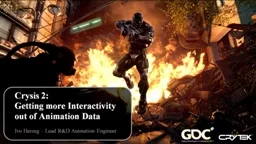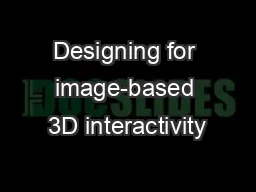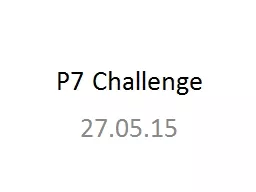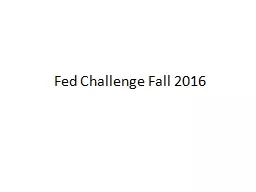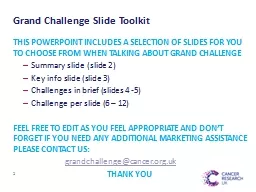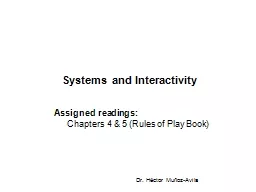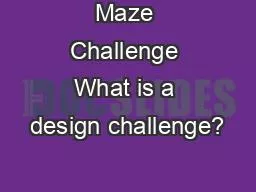PPT-1.The Challenge of Interactivity
Author : lois-ondreau | Published Date : 2015-10-28
2Parametric Blending Building BlendSpaces Using Virtual Example Grids for Parameterization Combined and Layered BlendSpaces 3Comparison with Academic Research
Presentation Embed Code
Download Presentation
Download Presentation The PPT/PDF document "1.The Challenge of Interactivity" is the property of its rightful owner. Permission is granted to download and print the materials on this website for personal, non-commercial use only, and to display it on your personal computer provided you do not modify the materials and that you retain all copyright notices contained in the materials. By downloading content from our website, you accept the terms of this agreement.
1.The Challenge of Interactivity: Transcript
Download Rules Of Document
"1.The Challenge of Interactivity"The content belongs to its owner. You may download and print it for personal use, without modification, and keep all copyright notices. By downloading, you agree to these terms.
Related Documents

